We truly believe EVs should be for everyone, so we set out to bust every myth, answer every question, face every fear and celebrate the inevitable, unstoppable rise of EVs.
By 2030, electric vehicles will represent more than 60% of vehicles sold globally, and over half of US cars sold will be electric – requiring a massive increase in charging infrastructure.
EVs are shown to rank higher in performance and safety than gas-powered vehicles and are also said to be more cost effective and climate-friendly. With recent increases in automaker investment, policy commitments, and conscious consumerism, the shift to electric transportation is only accelerating.
What's the difference?
EV
STANDS FOR:
Electric Vehicle
POWERED BY:
100% Battery
BESTSELLING MODELS:
Tesla models (3, S, Y, X), Chevrolet Bolt EV, Ford Mustang Mach-E
SEE MOREPHEV
STANDS FOR:
Plug-in Hybrid Electric Vehicle
POWERED BY:
Battery & Gas
BESTSELLING MODELS:
Jeep Wrangler 4xe, Ford Escape, BMW X5, Toyota Prius Prime, Chrysler Pacifica
How do you charge an EV?
There are three levels of EV charging power: Level 1, Level 2, and Level 3. Level 3 includes DC Fast Charging such as Volta DC Fast and Tesla Supercharging. The higher the level of charging, the faster the charging process, as more power is delivered to the vehicle. Automakers are developing EVs which are expected to accept higher charging power than today’s cars.
Level 3
Best for on-the-go
CHARGING SPEED: 180 to 240 miles of range per hour (50-350kW)
Level 2
Best for a few hours
CHARGING SPEED: 10-20 miles of range per hour (7-19kW)
Level 1
Best for overnight
CHARGING SPEED: 2 to 5 miles of range per hour (1kW)
Keep in Mind
The distance a vehicle can drive after a charging session depends on several factors including:
- How much power (“charging speed”) the station can deliver, measured in kilowatts (kW)
- How much power the vehicle can accept, measured in kW
- The duration of the charging session
- How much energy the vehicle’s battery can store, measured in kWh2
- The efficiency of the vehicle, measured in miles/kWh
Other factors that can influence a vehicle’s charging capacity and speed are the charge state of the battery, battery temperature, and the condition of the vehicle's battery.
Which plug should I use?
Just like how the plugs of appliances differ depending on the country you're in, EV charging plugs and sockets also vary depending on the vehicle brand, charging level, and country they are manufactured in. Overall, most countries follow the below standards.
DC Fast Level 3
- CCS
- CHAdeMO
- Tesla
Compatible with:
Combined Charging System (CCS)
The “open industry standard”. In North America, all newly manufactured passenger EVs (except Tesla) will use the CCS connector as the accepted standard.
CHAdeMO
The official standard in Japan. CHAdeMO connectors are compatible with EVs manufactured in Asia. As of June 2022, the Mitsubishi Outlander and Nissan Leaf are the only plug-in vehicles equipped with CHAdeMO for sale in North America.
Tesla
A proprietary connector found exclusively in Tesla cars. Historically, only Tesla vehicles could use their DC fast chargers, called Superchargers. Tesla has announced that it will open a portion of its networks to charge non-Tesla EVs. Tesla sells adapters (J1772, CCS, CHAdeMO) that allow Tesla drivers to charge their EVs on non-Tesla stations.
Level 2
- SAE J1772
Compatible with:
SAE J1772
Every EV manufacturer in North America (except Tesla) uses the SAE J1772 connector for Level 2 charging. Tesla provides an adapter that allows their cars to use charging stations that have a J1772 connector.
Every EV sold in North America can use any charging station that comes with the standard J1772 connector. DC Fast Charging, however, is vehicle-specific and not available for all plug-in hybrids and some older electric vehicles.




